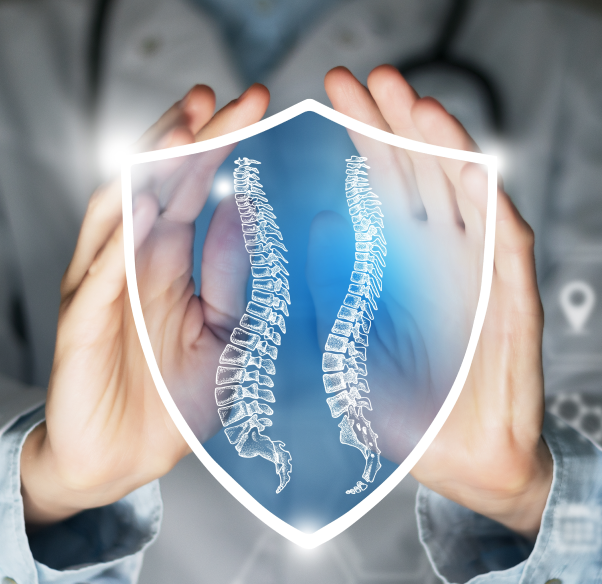Minimally invasive surgery is the way to access your spine without damaging nearby muscles and tissue. A surgeon will make incisions in your skin and use special tools to complete the surgery. The surgery treats spinal stenosis, scoliosis and other spinal conditions that cause persistent pain. It results in a faster recovery.
This involves the removal of a damaged or degenerated spinal disc and replacing it with an artificial disc designed to mimic the spine's natural function.
Spinal fusion is a surgery that reinforces your back structure and stability by linking two vertebrae. The vertebrae support each other to reduce pain and ease symptoms related to your spinal cord and nerves.
A surgery to remove the back arch or part of a spinal bone. This part of the bone, the lamina, covers the spinal canal. Laminectomy enlarges the spinal canal to ease pressure on the spinal cord or nerves. Laminectomy is often done as part of a decompression surgery to relieve pressure.
Vertebroplasty and kyphoplasty are minimally invasive procedures used to treat vertebral compression fractures of the spine. These painful, wedge-shaped fractures can be caused by osteoporosis and injury. Left untreated, they can lead to a humped spine (kyphosis). By restoring the vertebra height with a balloon and injecting cement into the fractured bone, patients can recover faster and reduce the risk of future fractures.
Epidural steroid injections and lumbar nerve root block/steroid injections are commonly performed as interventional treatments for spine-related pain. These procedures are the foundation of any image-guided spine pain management practice. At the same time, more generic and not target-specific, epidural steroid injections are highly effective in a large proportion of patients, including patients with axial pain (neck or lower back pain), radiculopathy, or spinal stenosis with neurogenic claudication. When isolated lumbar nerve root irritation is more clearly suspected, transforaminal nerve root blocks can provide useful diagnostic information and deliver more specifically targeted steroid treatment. Sustained pain relief can be achieved in a substantial number of patients with both types of procedures.
















